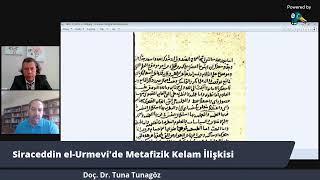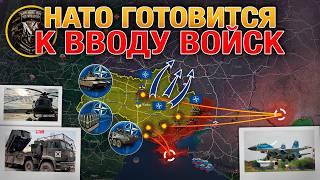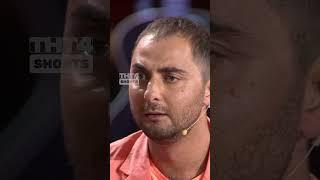
The Realist's Perspective on Religion and Science
The Realist Guide to religion and Science by Father Paul Robinson, Priest, professor and Author.
www.therealistguide.com
The book is a philosophical approach to religion and science. it was written by Fr Paul Robinson and published by Gracewing, a Catholic publisher in the UK. Fr Paul Robinson is from Kentucky, USA. He received a Master’s degree in Engineering Mathematics and Computer Science from the University of Louisville. After 2 years in the field, he entered a Catholic seminary to discern his vocation. Since his ordination in 2006, he has been teaching Thomistic philosophy and theology, mainly in Australia.
The book takes a thesis of the late, great Fr Stanley Jaki, and tries to provide it a philosophical foundation. His idea was that epistemological realism is a necessary mental precondition for anyone wanting to do science or religion reasonably. Fr Jaki buttressed his argument with many historical examples in his Gifford Lectures, but oftentimes his points are lost in his elevated and complex style. Moreover, he wrote more as an historian than a philosopher, yet his thesis is essentially philosophical.
Fr Robinson attempts to deepen Fr Jaki’s idea and also make it much more approachable. Using stories, tables, charts, images and a special meter, the book argues that epistemological realism is absolutely necessary to broker any peaceful co-existence of religion and science. The reason is that only realism is reasonable. And disagreements come when people are unreasonable. To be more specific, people and cultures of religion or science become unreasonable and come into conflict when they adopt non-realist worldviews.
Typically, religions have tended toward an idealism that devalues the material world and the empirical data that it provides, trumping that data by some a priori construct deriving from a false notion of God or a literalist reading of a sacred text. Typically, scientists have tended toward an empiricism that denies the existence or at least the intellectual worth of what is beyond the senses, thereby relegating religion to the realms of illusion or uselessness. If believers and scientists are realist, these unfortunate conflicts do not happen. On the contrary, by definition, they cannot happen.
The book is broken up into three sections, the first considering realist principles and the realist view of reality, the second considering religions going wrong without realism, and the third considering science going wrong without realism.
In the second section, Fr Robinson shows how the realist worldview harmonises seamlessly with the Catholic worldview. This is true to such an extent that Catholicism perfected realism as a philosophical system and, as a result, was able to give birth to modern science, in the Middle Ages.
In the third section, he shows how modern science has deviated from realism, giving rise to the "empiricist" worldview. These new atheists are militant in style, and they dominate media and intellectual powerhouses. They mock believers, particularly Christians and have successfully built the perception that Christians are irrational and ignorant. The militant atheists have convinced many that religion and science conflict. This propaganda has been successful in turning people away from the faith, by making them think that they have to abandon reason if they embrace religion. This book equips Catholics with the truth and debunks the myths propagated by the atheists.
Fr Robinson dissects atheist theories, which sound convincing on a superficial level. Through a realistic viewpoint Fr Robinson explains how these theories are irrational. Fr Paul Haffner, President of the Stanley Jaki Foundation and seminary professor in Rome for over 30 years, states in the foreword to the book: “Christian tradition has always held that man is truly capable of understanding creation and gradually uncovering its meaning within a realist perspective”.
The Realist Guide to Religion and Science is a fantastic read, both thoughtful in its approach and of a style to appeal to a wide audience. The book is contemporary, as it tackles issues from creationist theories to Darwinism. It also analyses famous atheists such as Lawrence Krauss and Richard Dawkins.
The book was published by a mainstream catholic publisher and endorsed by a Vatican foundation. The book is an essential handbook for all Catholics, to deepen their knowledge of the truth about the close relationship between religion and science, which can only be achieved through a realistic catholic perspective. In the culture of identity politics that have hijacked the argument that religion is opposed to science, this book proves them wrong.
www.therealistguide.com
The book is a philosophical approach to religion and science. it was written by Fr Paul Robinson and published by Gracewing, a Catholic publisher in the UK. Fr Paul Robinson is from Kentucky, USA. He received a Master’s degree in Engineering Mathematics and Computer Science from the University of Louisville. After 2 years in the field, he entered a Catholic seminary to discern his vocation. Since his ordination in 2006, he has been teaching Thomistic philosophy and theology, mainly in Australia.
The book takes a thesis of the late, great Fr Stanley Jaki, and tries to provide it a philosophical foundation. His idea was that epistemological realism is a necessary mental precondition for anyone wanting to do science or religion reasonably. Fr Jaki buttressed his argument with many historical examples in his Gifford Lectures, but oftentimes his points are lost in his elevated and complex style. Moreover, he wrote more as an historian than a philosopher, yet his thesis is essentially philosophical.
Fr Robinson attempts to deepen Fr Jaki’s idea and also make it much more approachable. Using stories, tables, charts, images and a special meter, the book argues that epistemological realism is absolutely necessary to broker any peaceful co-existence of religion and science. The reason is that only realism is reasonable. And disagreements come when people are unreasonable. To be more specific, people and cultures of religion or science become unreasonable and come into conflict when they adopt non-realist worldviews.
Typically, religions have tended toward an idealism that devalues the material world and the empirical data that it provides, trumping that data by some a priori construct deriving from a false notion of God or a literalist reading of a sacred text. Typically, scientists have tended toward an empiricism that denies the existence or at least the intellectual worth of what is beyond the senses, thereby relegating religion to the realms of illusion or uselessness. If believers and scientists are realist, these unfortunate conflicts do not happen. On the contrary, by definition, they cannot happen.
The book is broken up into three sections, the first considering realist principles and the realist view of reality, the second considering religions going wrong without realism, and the third considering science going wrong without realism.
In the second section, Fr Robinson shows how the realist worldview harmonises seamlessly with the Catholic worldview. This is true to such an extent that Catholicism perfected realism as a philosophical system and, as a result, was able to give birth to modern science, in the Middle Ages.
In the third section, he shows how modern science has deviated from realism, giving rise to the "empiricist" worldview. These new atheists are militant in style, and they dominate media and intellectual powerhouses. They mock believers, particularly Christians and have successfully built the perception that Christians are irrational and ignorant. The militant atheists have convinced many that religion and science conflict. This propaganda has been successful in turning people away from the faith, by making them think that they have to abandon reason if they embrace religion. This book equips Catholics with the truth and debunks the myths propagated by the atheists.
Fr Robinson dissects atheist theories, which sound convincing on a superficial level. Through a realistic viewpoint Fr Robinson explains how these theories are irrational. Fr Paul Haffner, President of the Stanley Jaki Foundation and seminary professor in Rome for over 30 years, states in the foreword to the book: “Christian tradition has always held that man is truly capable of understanding creation and gradually uncovering its meaning within a realist perspective”.
The Realist Guide to Religion and Science is a fantastic read, both thoughtful in its approach and of a style to appeal to a wide audience. The book is contemporary, as it tackles issues from creationist theories to Darwinism. It also analyses famous atheists such as Lawrence Krauss and Richard Dawkins.
The book was published by a mainstream catholic publisher and endorsed by a Vatican foundation. The book is an essential handbook for all Catholics, to deepen their knowledge of the truth about the close relationship between religion and science, which can only be achieved through a realistic catholic perspective. In the culture of identity politics that have hijacked the argument that religion is opposed to science, this book proves them wrong.
Тэги:
#realist #guide #religionКомментарии:
The Realist's Perspective on Religion and Science
The Realist Guide
Top 20 Songs of Vexento 2024 - Best Of Vexento
Nhọ Nhặm Music
Is the Canon R50 ACTUALLY That Bad?
Joseph Martin
MAX TRUNG ĐÔNG | CARTHAGINIAN ĐẦU CÁNH XÕA RUỘNG PHŨ PHÀNG
MAX TRUNG ĐÔNG
Кристина Орбакайте - Май (Official Video) [HD Remastered]
Кристина Орбакайте
2022年 Top5 股息股!29.63%股息的馬來西亞公司,竟然還不是好股息股?|Spark Liang 理財投資
Spark Liang 张开亮
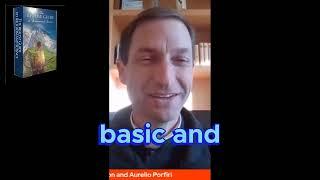

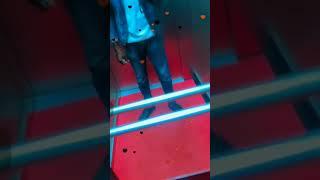


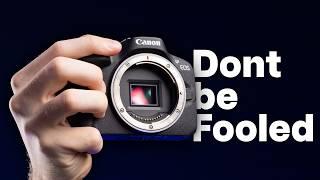
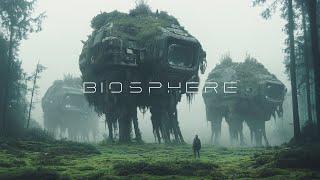
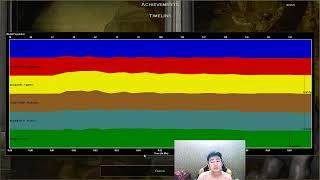

![Кристина Орбакайте - Май (Official Video) [HD Remastered] Кристина Орбакайте - Май (Official Video) [HD Remastered]](https://hdtube.cc/img/upload/TVZLczZzRXZtRmg.jpg)
